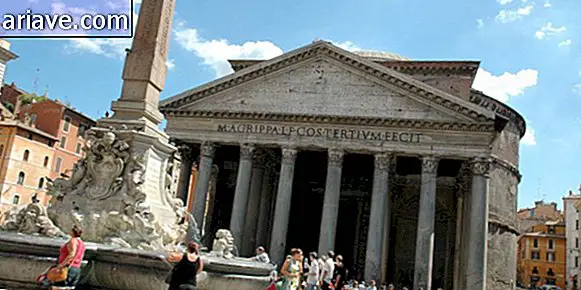Discover the fascinating history of Chogha Zanbil's Ziggurat
Just as the pyramids stand out as a landmark of Egyptian construction, the ziggurats are architectural landmarks of Mesopotamia. Although there is no further information about these ancient buildings, it is known that they were a kind of large multi-storey temple, shrines dedicated to the gods, and lodges for priests.
But Chogha Zanbil is different. One thing that stands out is that it is one of the few that was not built in the Mesopotamian region; It is located in the ancient city of Elam, Iran, and incredibly manages to be one of the largest ziggurats. It was so important that it became the religious capital of the Elamite people.
Fascinating story
Chogha Zanbil was built around 1250 BC by King Untash-Napirisha, in honor of the god Inshushinak. However, the ziggurat was not dedicated solely to Inshushinak; it was a complex that until then had temples for 11 other minor gods. Even, according to scholars, Untash-Napirisha planned to have 22 temples there, thus becoming a true religious center.

Chogha Zanbil's building was abandoned as soon as Untash-Napirisha passed away, but it still grew to a relatively large and sumptuous building. There is a square base of 100 meters on each side; and although its height today is around 24 meters, archaeologists estimate it has reached 53 meters, a relatively good size for a construction of more than 3, 100 years and not even completed.
But size is not the only charm of Chogha Zanbil. Its decoration was unique: there was, for example, access via a flight of vaulted stairs, something not seen in the Mesopotamian ziggurats, which had external staircases; the facade was covered with glazed blue and green terracotta; and inside were glass and ivory mosaics. Even the statues of bulls and winged griffins were glazed.
Of course, many of these artistic adornments ended up being destroyed over time, especially after the Assyrian king Ashurbanipal decided to destroy the city in 646 BC. But in 1979 Chogha Zanbil became a UNESCO World Heritage Site and, after so much destruction, began to receive. Japanese government funding for a conservation project.

***
Do you know the Mega Curioso newsletter? Weekly, we produce exclusive content for lovers of the biggest curiosities and bizarres of this big world! Register your email and do not miss this way to keep in touch!











